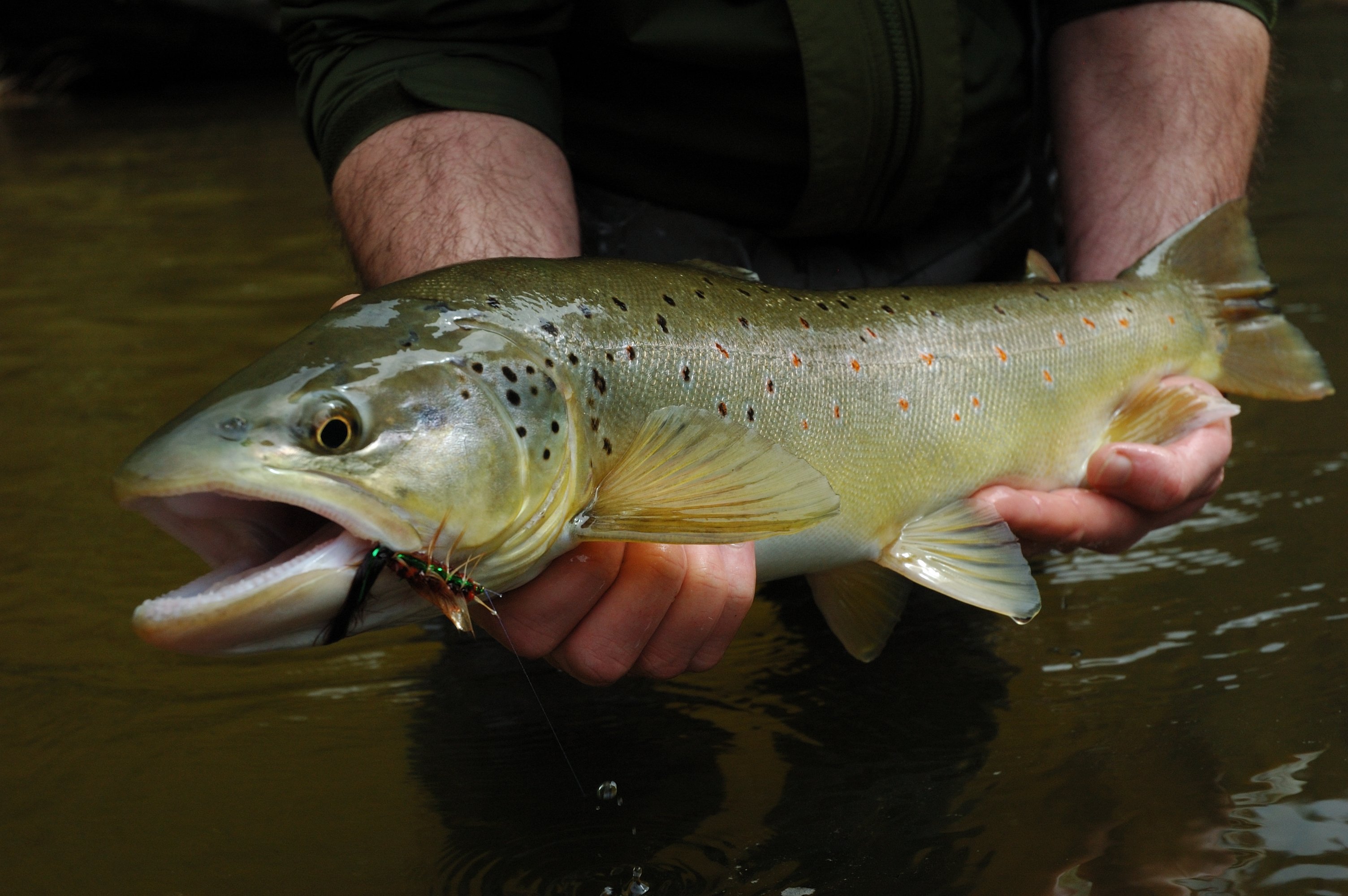It’s cold outside. The iced-over bank eddies squeak and crunch when you step into the shallows. There’s a light dusting of snow on the ground, and only a lunatic would choose to wade into frigid water in pursuit of lethargic trout.
But some of us are highly susceptible to cabin fever. And there’s something therapeutic about the quiet of the woods on a winter day.
With stream life slowed to a crawl, expectations of catching fish should be tapered. It’s time to slow down and go to work meticulously.
Fish instinctively weigh each decision to feed in such circumstances. Is the energy obtained catching a bug or baitfish worth the energy expended?
The angler also has decisions to make, decisions that are the difference between a productive day on the water or just a cold walk in a creek.
- Where To Go:Tailwaters are an obvious choice because their dams dictate relatively stable water temperatures year-round.
Other good options are the numerous delayed-harvest fisheries across the region. Heavy stockings and catch-and-release regulations mean these waters will be full of trout competing for slim winter resources.
Wherever you choose to go, make sure it’s close to the vehicle. Take breaks to blast heat in the truck and warm your fingers and core. You’ll fish more efficiently and longer. Proximity to the truck can also become critical if a misstep fills your waders.
- What To Fish:There are competing theories on fly selection in winter. Midges are pretty much the only bugs happening on most waters. These little specks of life are the wintertime staple on our tailwaters, where mid-day swarms can be fantastic.
Logic calls for miniscule flies and long, thin leaders. Even subsurface, tiny nymphs with a little flash make sense when the predominant food source is just a little bigger than microscopic.
It’s important to remember that even when the fish are rising, most feeding is subsurface. A good way to get that Zebra Midge down near the bottom with the trout is to fish it in tandem with a big heavy stonefly nymph.
Which brings up a second theory on winter fly selection. Fish something big and meaty they can’t pass up.
Stoneflies take months or years to mature into flying adults, which makes stonefly nymphs a reliable year-round option. It might not be what the trout are keyed on, but sometimes a size 8 or 10 stone is the protein package fish can’t refuse.
By the same token, drifting and swinging a big, bulky Bugger can occasionally turn the biggest fish in the river. Just don’t expect too many bites. With shrunken winter strike zones, you’ll have to hit that bruiser brown right in the nose.
Nick Carter is the author of “Flyfisher’s Guide to North Carolina & Georgia.” It is available on Amazon.com, and autographed copies are available by emailing the author at [email protected].








